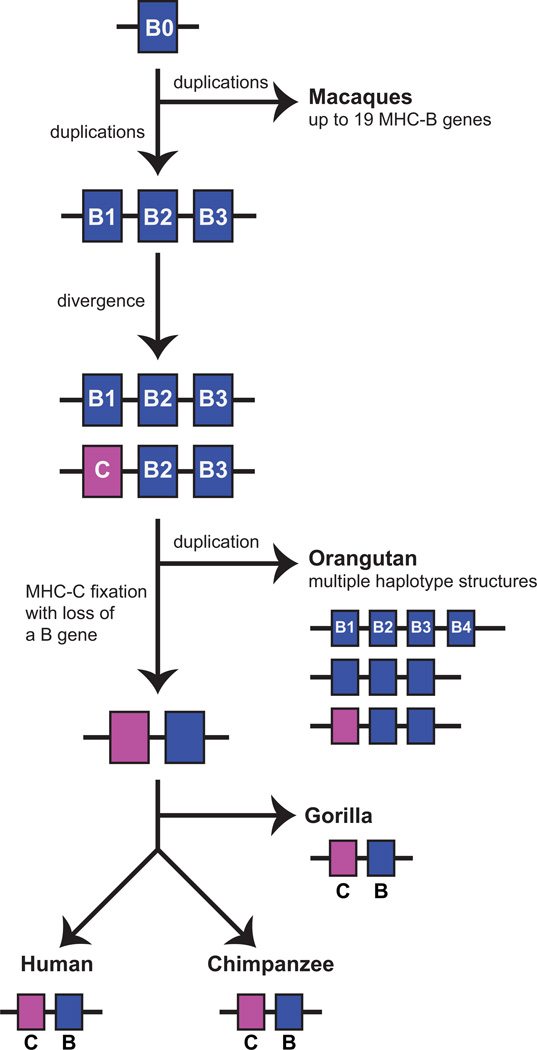Figure 10. Proposed model for the evolution of MHC-B and MHC-C.
The primordial MHC-B0 gene was present in the common ancestor of the catarrhine primates. In the macaque lineage of Old World monkeys, MHC-B0 underwent successive duplications to produce at least 19 MHC-B genes. In the hominid lineage, two duplications led to the formation of a smaller number of MHC-B genes: MHC-B1, MHC-B2, and MHC-B3. Under differential selection, an allele of MHC-B1 diverged to become a distinctive MHC-C that was present on some MHC haplotypes but not all. This was the situation in the common ancestor of apes and humans and it is retained in modern orangutans, where MHC haplotypes can have 2-4 MHC-B and 0 or 1 MHC-C genes. In the common ancestor of human and African apes MHC-C was fixed and the number of MHC-B genes was reduced to one, an organization retained in the modern gorilla, chimpanzee, and human species.

